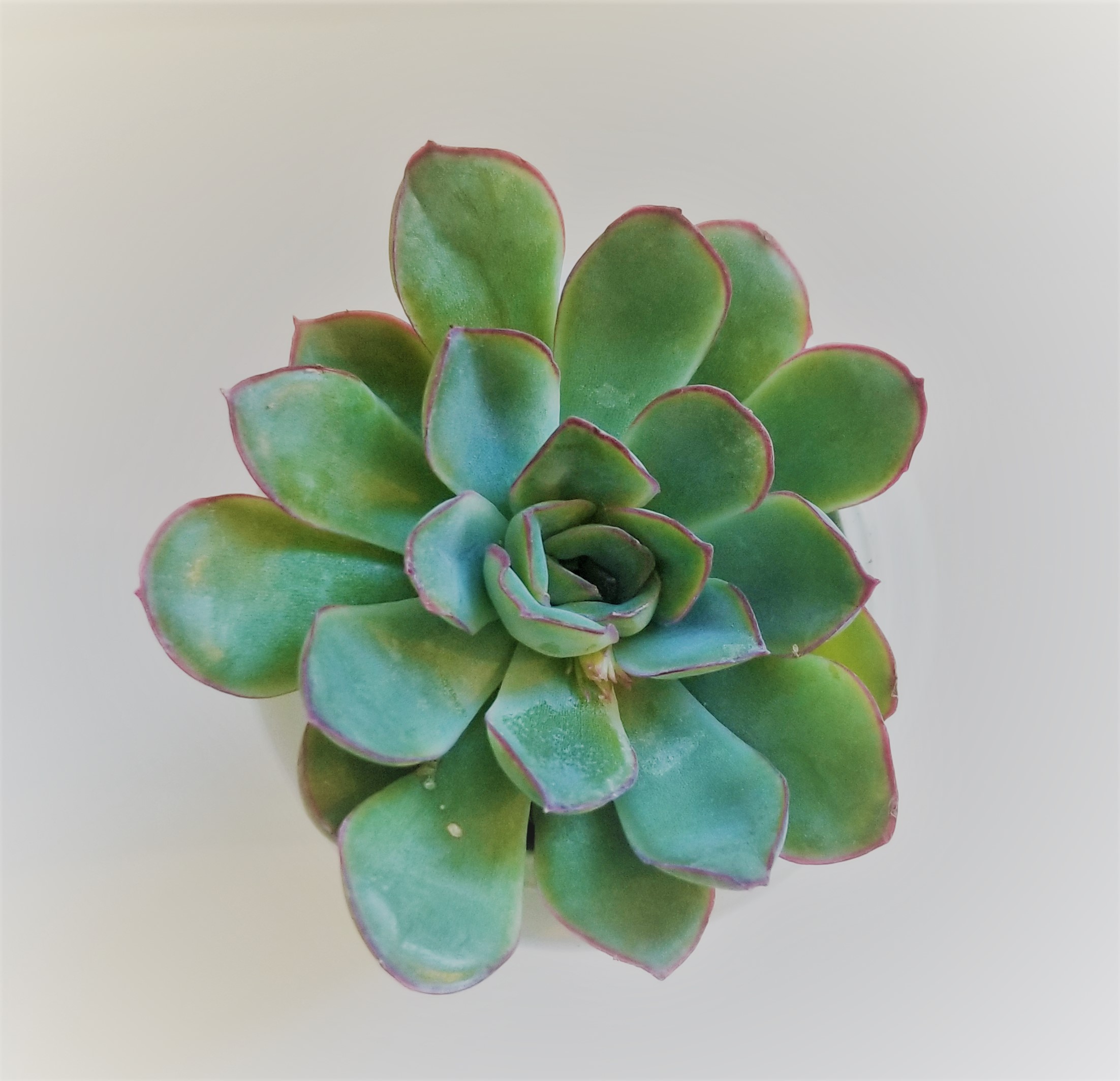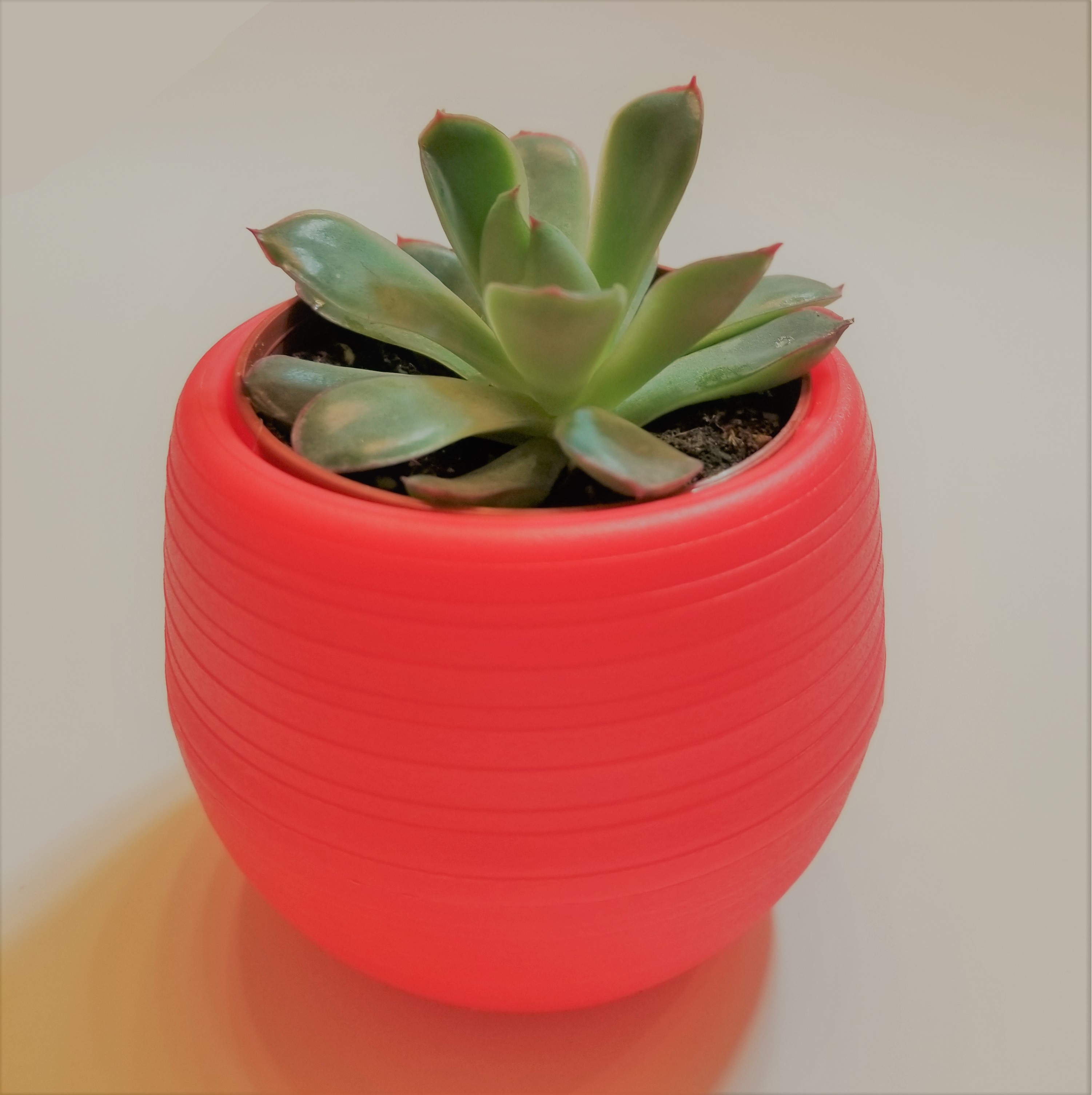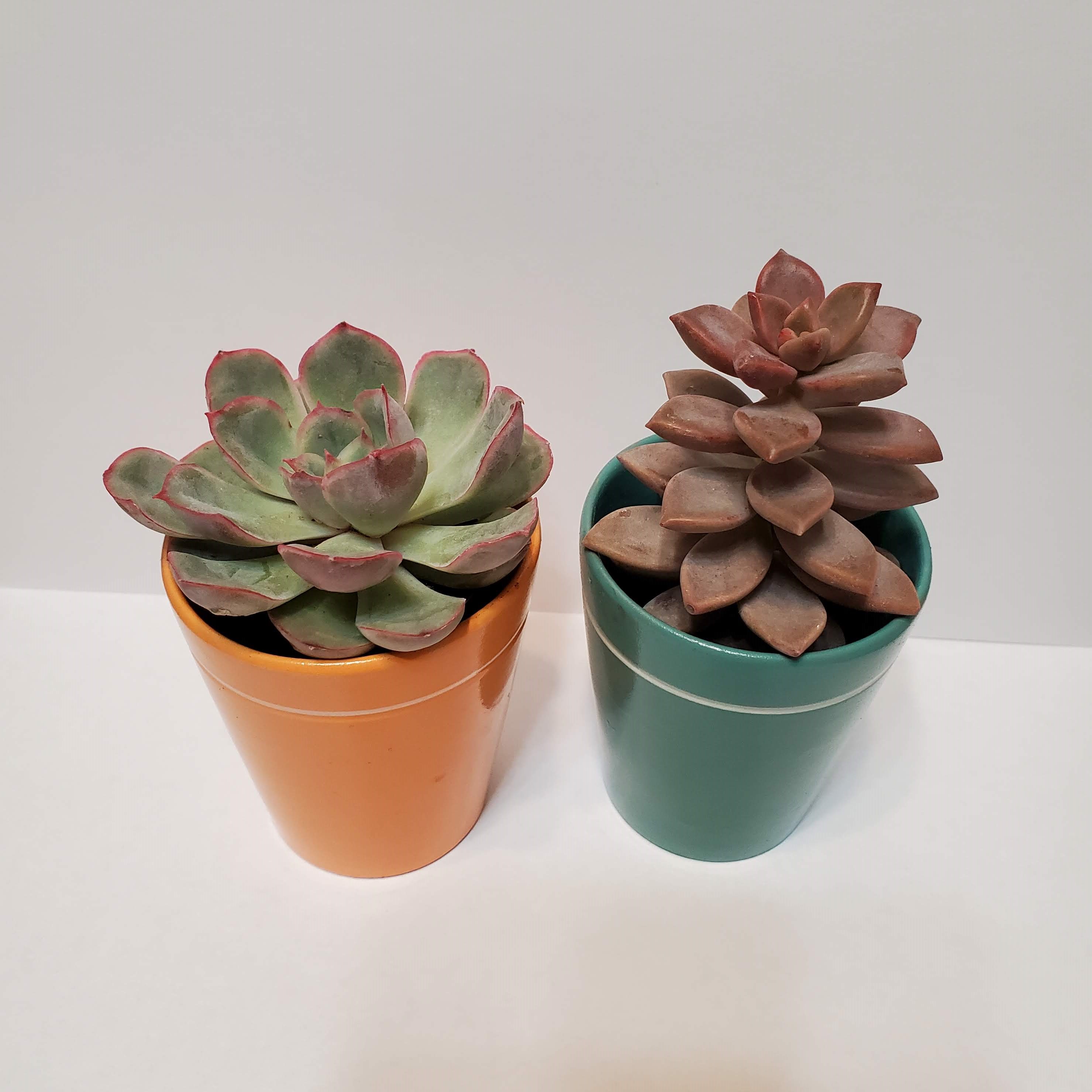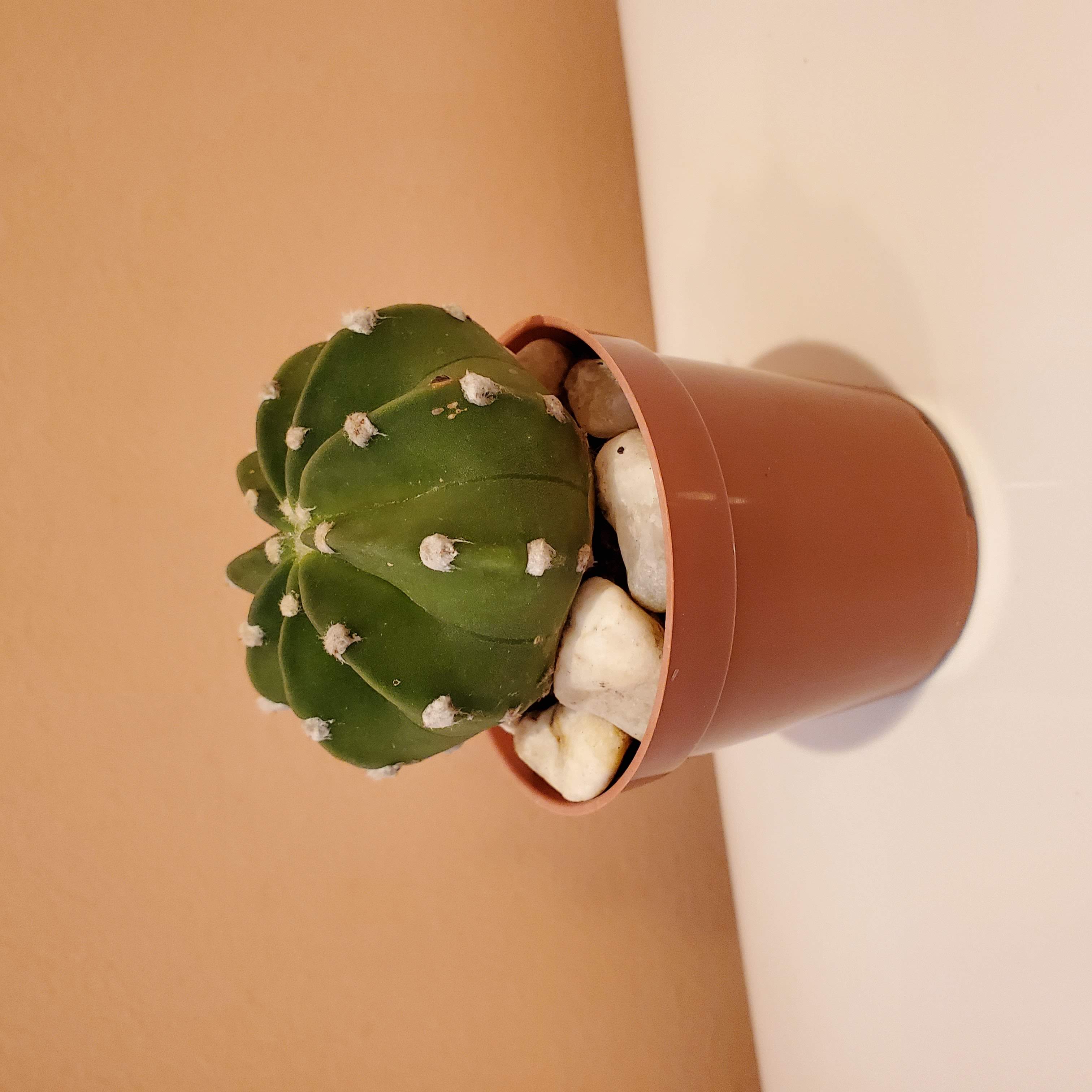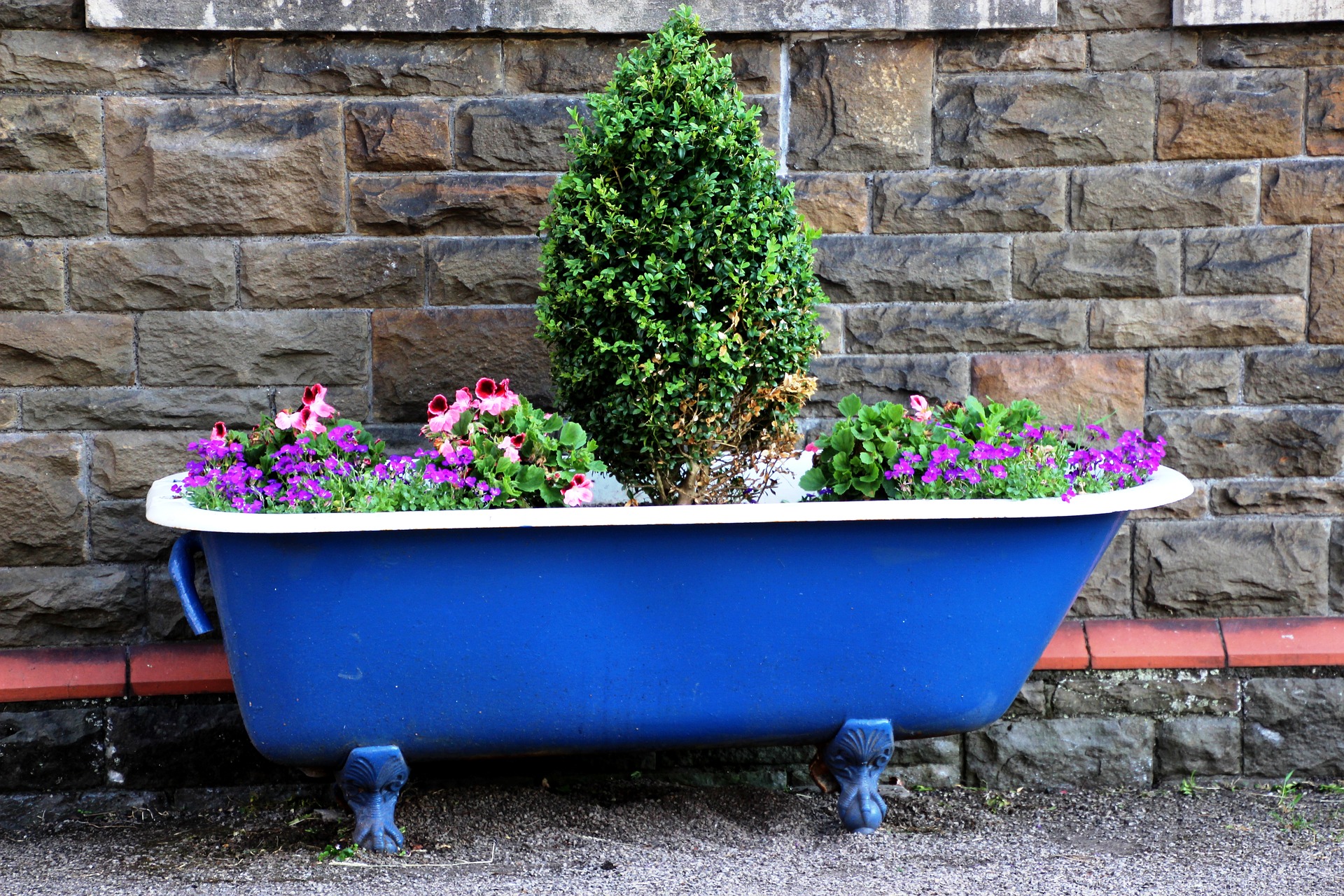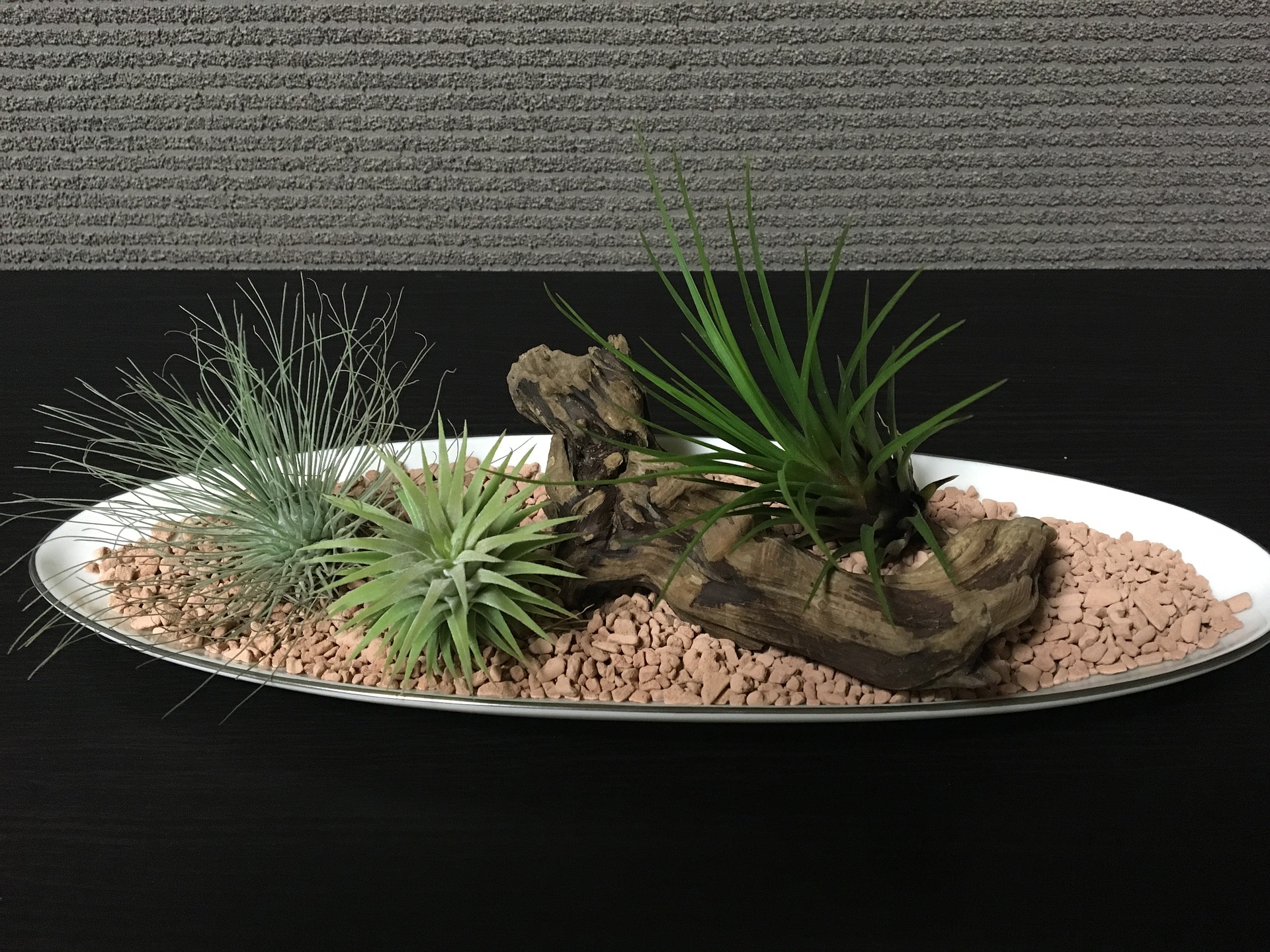- Home
- Succulents
- Echeveria Pulidonis
Echeveria Pulidonis
Echeveria Pulidonis is a fairly common succulent plant in the nursery trade. I often see it at my local Home Depot and Lowes stores.
It features a rosette of long, fat light greenish-blue leaves with red tips (more light will produce more red, and the plant will be mostly green if it's in shade). The leaves are slightly spoon-shaped. It is native to Mexico.
I have also seen a very similar looking plant called Echeveria Pelucida (I bought my plant at my local Home Depot, which stocks Succulent Society stock, and they list it as E. Pelucida on their website). I believe this is another name for the same succulent.
|
Scientific name |
Echeveria pulidonis |
|
Other names |
Echeveria pelucida |
|
Sun needs |
Full sun |
|
Water needs |
Water when completely dry |
|
Hardiness zone |
9 |
|
Blooms |
Tall stem with yellow flowers |
Echeveria Pulidonis Plant Care
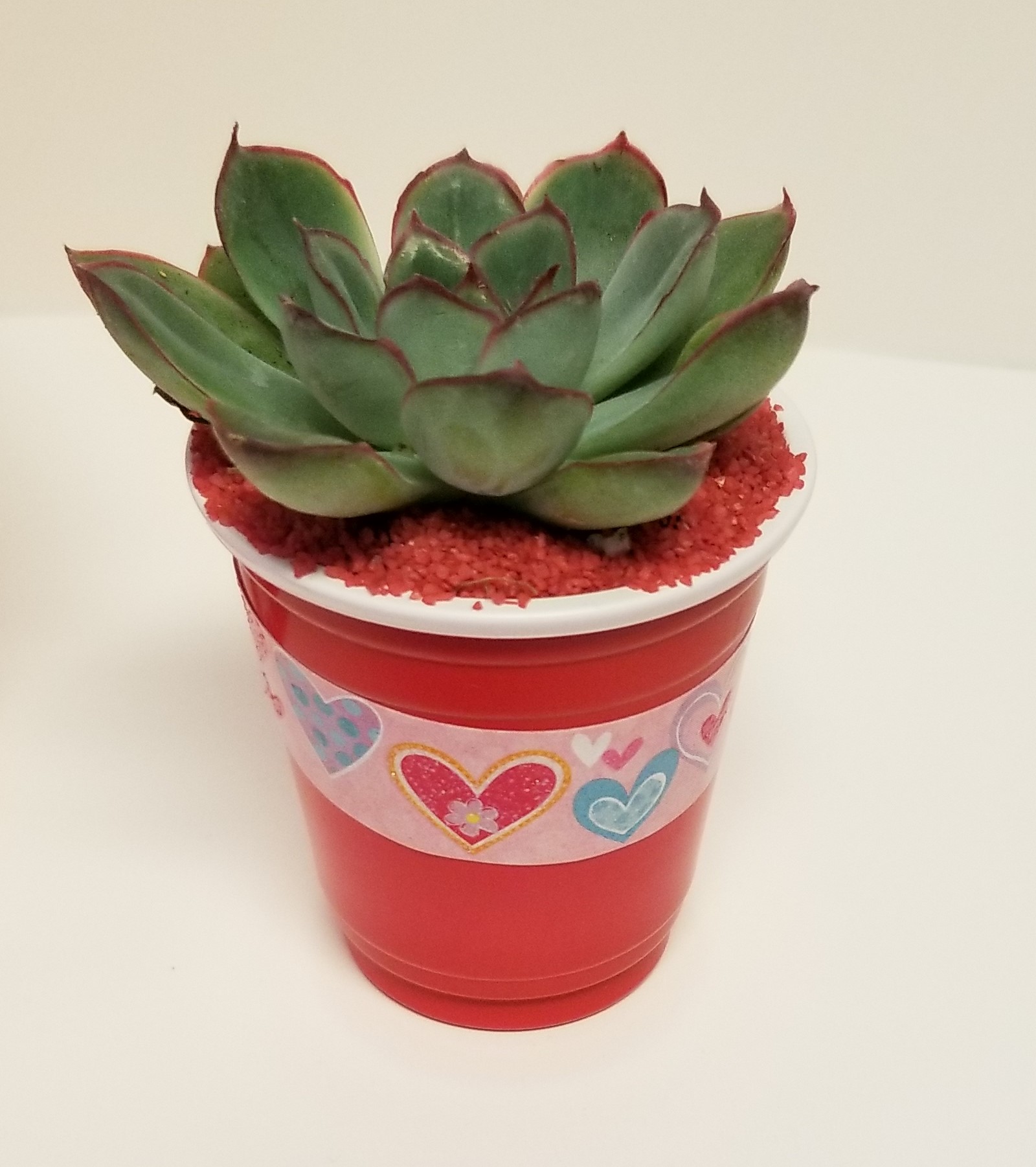
Echeveria Pulidonis is a fairly hardy Echeveria, but there are a few important things to watch out for when caring for this succulent: don't overwater, and give it enough light so it doesn't grow tall and leggy.
I find the best way to water Echeveria succulents is by "bottom-watering", meaning letting the pot soak in a dish of water for several minutes to allow the soil to soak up water from the bottom drainage holes. This way, you won't get water on the plant's leaves which can cause rot. Let the soil completely dry out before watering again.
Echeveria Pulidonis bloom
This succulent will bloom in springtime with tall pink-red stems topped with clusters of drooping bright yellow flowers. Hummingbirds usually love to visit Echeveria blossoms, so set it on your patio and wait for the little birds to find it.

Varieties and Hybrids
There are a number of hybrids of Echeveria Pulidonis (meaning plants that have been produced by crossing E. Pulidonis with another succulent):
- Echeveria Agavoides x Pulidonis is like a shinier, bright green verson,
- Echeveria Christmas highlights holiday colors of bright red and green, with apple-green leaves blushed with lots of red in full sun,
- Echeveria Cimette has very chunky light green leaves with red tips,
- Echeveria Orion is a lovely grey-green with pinkish leaf margins.
Where can I buy Echeveria Pulidonis?
I often see Echeveria Pulidonis for sale in tiny two inch pots at my local Home Depot.
You may also be able to find plants online, including here in my Etsy shop.
Problems
Why are the leaves on my succulent turning brown?
Brown leaves on your Echeveria probably means it is either overwatered or underwatered.
If the leaves are yellowish and mushy, or the center of the plant is turning black or brown, that is a sign of rot from overwatering. Stop watering the plant for several weeks, or remove the plant from the damp soil, and lay it on paper towel to dry out for a few days. You can then repot in well-draining cactus/succulent soil.
If the leaves are turning brown at the tips, and feel crispy or dried up, that may be because of underwatering, or very dry air. Try increasing your watering frequency or give it a good soak. Just sink the pot into a slightly larger pot full of water. After thirty minutes of soaking, be sure to let it drain well - never leave your plant sitting in water.
It is quite common for the lower leaves of the rosette to turn brown and dry up over time. This is just the plant's way of sending its energy to the new growth at the center of the rosette. Just regularly pull off any of these dead leaves (I find a pair of tweezers is useful for this).
Other Succulents
Echeveria Pulidonis will happily share a container garden with many other succulents. For example, you could combine it with other Echeveria varieties, like the unusual Echeveria Cubic Frost. Or a succulent with a contrasting spiky shape like the Zebra Haworthia.
Learn more about creating a succulent garden here.
- Home
- Succulents
- Echeveria Pulidonis
